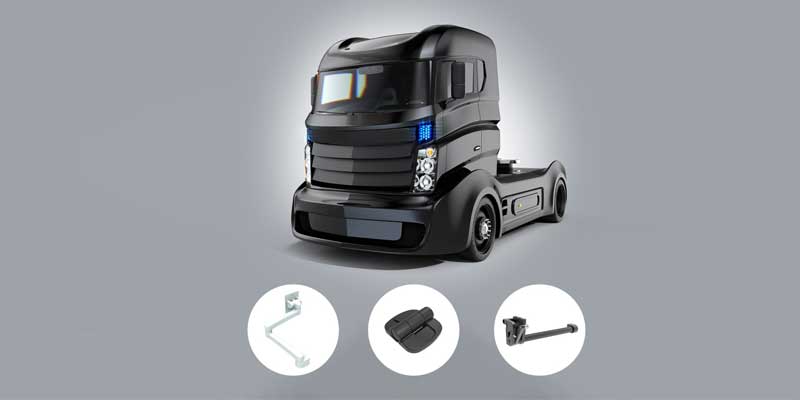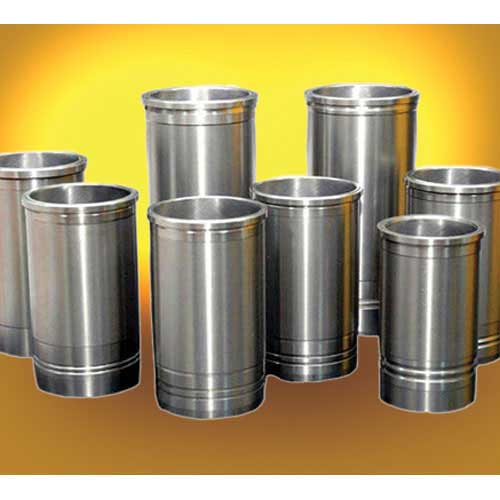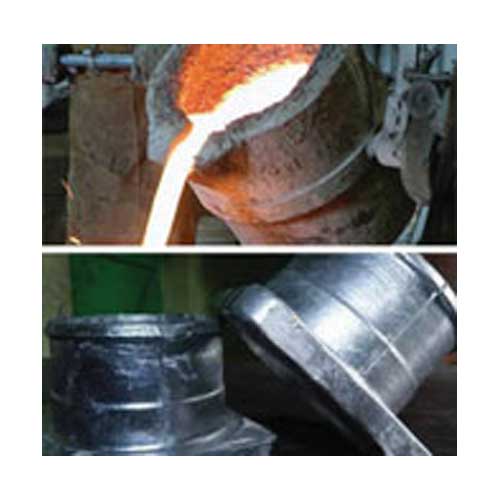Schedule a Call Back
New hardware concepts for autonomous trucks of the future
 Articles
Articles- Jan 29,24

Related Products

Casting Sleeves
Manek Investment Cast offers a wide range of centrifugal casting sleeves.

Semi Automatic Grid Casting Machine
Devaki
Engineering Enterprises Pvt Ltd offers a wide range of semi automatic grid
casting machine.

Aluminium Castings
Rajshi Technologies India Pvt Ltd offers a wide range of aluminium castings.














